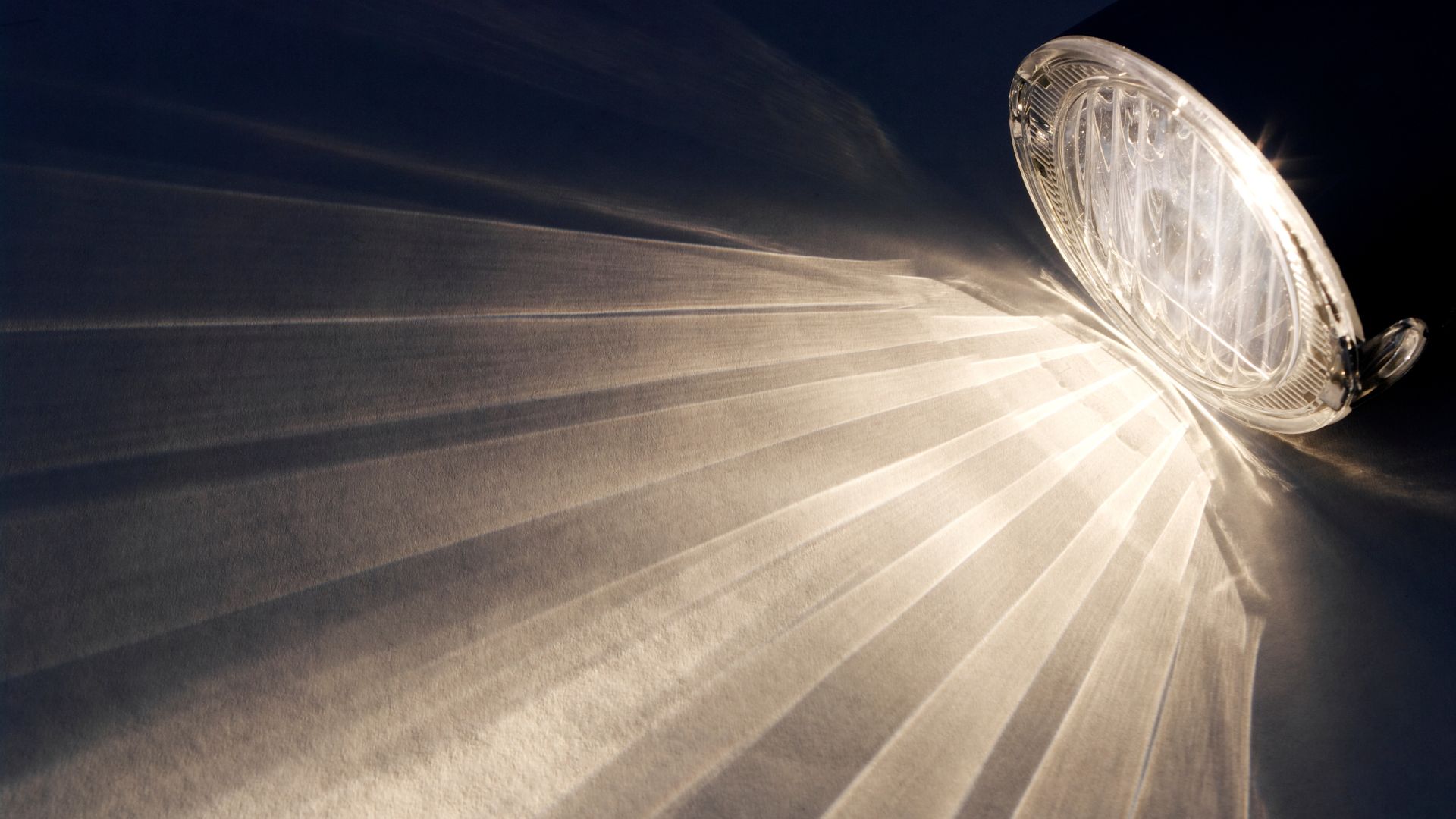Front Light Photography
Front light photography is a technique where the light source is positioned in front of the subject, illuminating it directly. This technique can create well-lit, vibrant images with clear details and minimal shadows.
When using front light in photography, it’s crucial to consider the angle and intensity of the light to achieve the desired effect. By adjusting these factors, I can control how the light falls on my subject and enhance specific features or textures.
Experimenting with front light photography allows me to explore different moods and atmospheres in my photos. Whether capturing portraits, landscapes, or still life scenes, mastering this technique adds versatility to my photographic style and helps me convey various emotions through my images.
Understanding Front Light Photography
When diving into the realm of front light photography, it’s essential to grasp the fundamental concept behind this technique. FRONT LIGHT PHOTOGRAPHY involves capturing images where the light source is positioned directly in front of the subject. This illumination creates well-lit scenes with minimal shadows on the subject facing the camera.
In front light photography, one key benefit is the enhancement of colors and details in a straightforward manner. The direct lighting can bring out vibrant hues and textures, making the subject appear crisp and visually appealing. However, it’s crucial to be mindful of potential challenges such as glare or overexposure that may arise when working with intense frontal lighting.
Experimentation plays a significant role in mastering front light photography. By adjusting angles, distances, and intensity levels of the light source, photographers can achieve various effects and moods in their shots. Whether shooting portraits or landscapes, understanding how different lighting setups impact the final outcome is paramount for creating captivating visual narratives.
Furthermore, embracing creativity while exploring front light techniques can lead to unique and striking compositions. By utilizing shadows creatively or incorporating silhouettes against a well-lit background, photographers can add depth and intrigue to their images. Ultimately, honing skills in front light photography opens up a world of possibilities for crafting compelling visual stories that resonate with viewers.
For those looking to delve deeper into this style of photography, practice coupled with an artistic eye will be instrumental in harnessing the full potential of front light techniques. Stay curious, keep experimenting, and let your creativity shine through each frame you capture in your photographic journey.
| Tips for Front Light Photography |
| – Position your subject between yourself (the photographer) and the primary light source for optimal frontal illumination. |
| – Experiment with different intensities of front lighting to achieve varying effects on colors and textures. |
| – Be mindful of potential glare or overexposure issues that can occur with strong frontal lighting. |
| – Play around with shadow placement to add dimensionality and visual interest to your photos. |
| – Practice regularly to refine your skills in utilizing front light effectively across various photographic genres. |
Equipment for Front Light Photography
When diving into the world of front light photography, having the right equipment at your disposal can truly make a difference in capturing stunning images. Here are some essential tools and gear that I recommend for anyone looking to master this technique:
Camera Body:
- Opt for a DSLR or mirrorless camera with manual controls. These cameras offer flexibility in adjusting settings like aperture, shutter speed, and ISO, crucial for achieving optimal front light shots.
- Consider the sensor size of the camera; larger sensors generally perform better in low-light conditions, enhancing the quality of your front light photographs.
Lenses:
- Select a lens with a wide aperture (e.g., f/2.8 or lower) to allow more light into the camera and create beautifully blurred backgrounds while keeping your subject sharp.
- Prime lenses are excellent choices for front light photography due to their superior optical quality and ability to produce sharp images even in challenging lighting situations.
Tripod:
- A sturdy tripod is indispensable when shooting under varying front light conditions as it provides stability and eliminates camera shake, especially during long exposures.
- Look for lightweight yet durable tripods that are easy to transport, making them ideal companions for outdoor front light photography sessions.
Filters:
- Graduated neutral density filters help balance the exposure between bright skies and darker foregrounds often encountered in front light scenarios, ensuring well-exposed images throughout.
